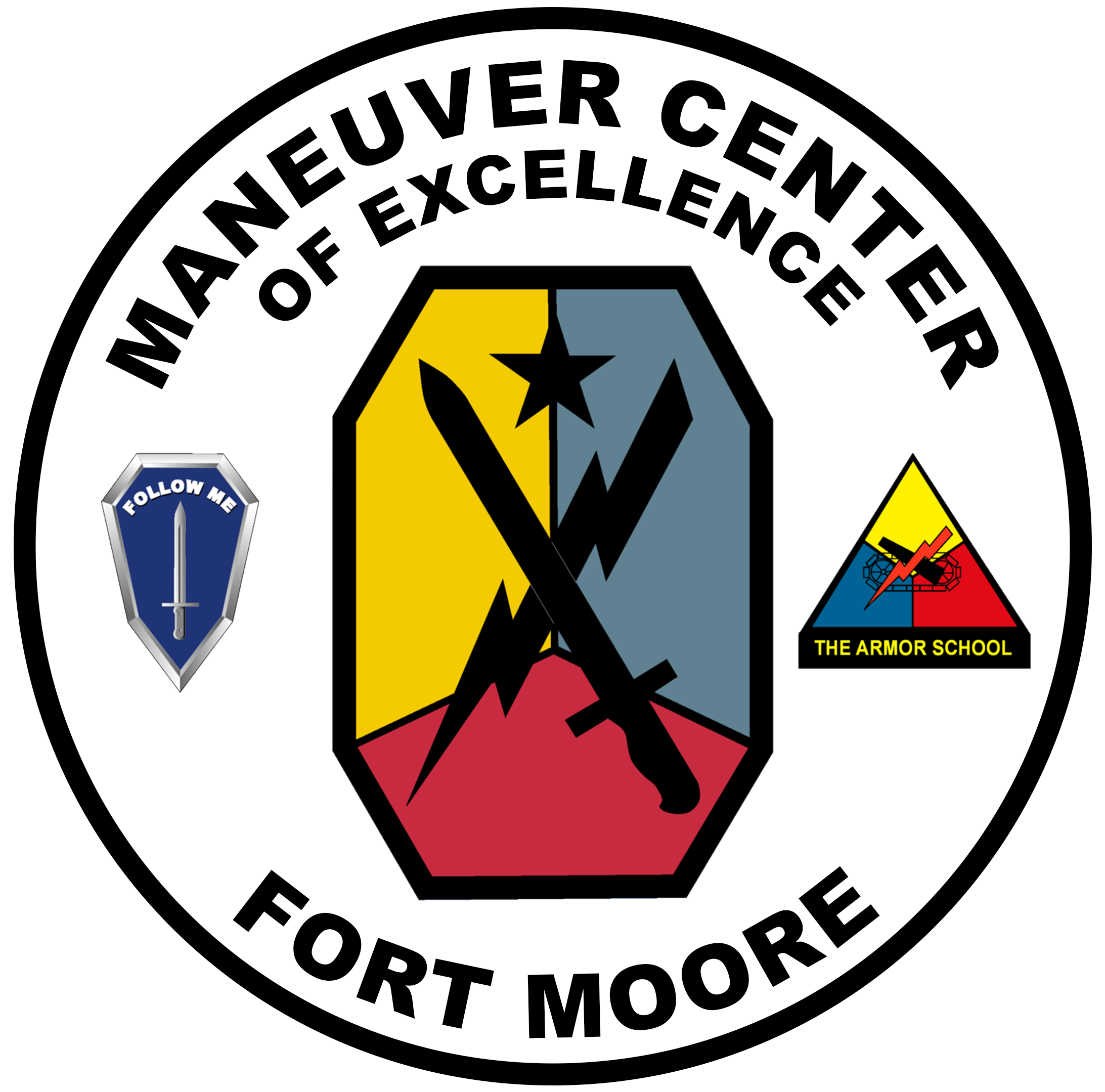Fort Moore
U.S. Army Fort Moore and The Maneuver Center of Excellence

Reconnaissance And Surveillance Leaders Course 2E-F173/011-ASI6B Site
Reconnaissance And Surveillance Leaders Course 2E-F173/011-ASI6B
Course Description
The Reconnaissance and Surveillance Leaders Course (RSLC) is a 26-day program conducted by Echo Company, 4th Ranger Training Battalion in the Airborne and Ranger Training Brigade at Fort Moore, GA. The course teaches the fundamentals of dismounted reconnaissance, surveillance, and target acquisition to Soldiers, Noncommissioned Officers, and Officers.
What sets RSLC apart from other courses is its focus on mastering reconnaissance and surveillance fundamentals. RSLC is open to all military occupational specialties and is not limited to those serving in reconnaissance or surveillance units. We routinely train Infantrymen, Cavalry Scouts, Marines, Airmen, Sailors, Special Operations Forces, and Law Enforcement. We are also open to International Students. It is not necessary to be Airborne or Ranger qualified to attend this course. RSLC is physically and mentally challenging, where one block of instruction builds upon the next. RSLC culminates in a multi-day, graded, field training exercise (FTX) executed in both urban and woodland environments.
During the first week, students receive an introduction to the fundamentals of reconnaissance and surveillance and are taught how to maximize the capabilities of the equipment in the Army’s inventory such as optics, thermals, and camera systems. Students then receive a three-day communications class that teaches students how to send messages and data across the frequency spectrum, utilizing High Frequency (HF), Very High Frequency (VHF), and Ultra High Frequency (UHF) radios. This skill enables students to send reports and media to their maneuver commander in near real-time. Students then transition into land navigation where students receive a classroom block of instruction of basic map reading and advanced route planning. Students then conduct a practical exercise of night into day land navigation with an instructor as well as executing practice lanes on their own. Week one culminates with a seven-hour land navigation course in which students move under load, cross-country, during night into daylight conditions.
Week two begins transitions to the techniques week of the course where students learn the basics of camouflage, stalking, small unit tactics, as well as both woodland and urban surveillance site construction. Building on this training, students conduct area and zone reconnaissance practical exercises to hone their field craft and improve their reporting formats. At the end of week two, students learn evasion planning, call for fire and insertion methods.
The remainder of the course is spent with students learning how to plan an operation using the troop leading procedures (TLPs) while considering various insertion and extraction methods, fires, and contingency plans. Following the orders process, students conduct an airborne operation from a UH-60 Blackhawk utilizing the MC-6 parachute. This leads into a 24-hour non-graded situational training exercise (STX) where they will execute the mission they just planned under the watchful eye of RSLC instructors, allowing the students to ask questions and receive assistance along the way. Once this mission is complete and after-action reviews (AARs) are conducted, the students go into isolation planning for their graded culminating FTX. Throughout the FTX, students will execute and be graded on all the skills they learned from planning, reconnaissance and surveillance operations, intelligence reporting techniques, communications, fires, and small-unit tactics to name a few. The end result is a graduate with the skill to plan and conduct a myriad of reconnaissance and surveillance operations, enhancing the ability of any organization.
RSLC fosters a learning environment where service members from across the force can share experiences and techniques, tactics, and procedures (TTPs), creating a better Reconnaissance and Surveillance Leader for the Department of Defense.